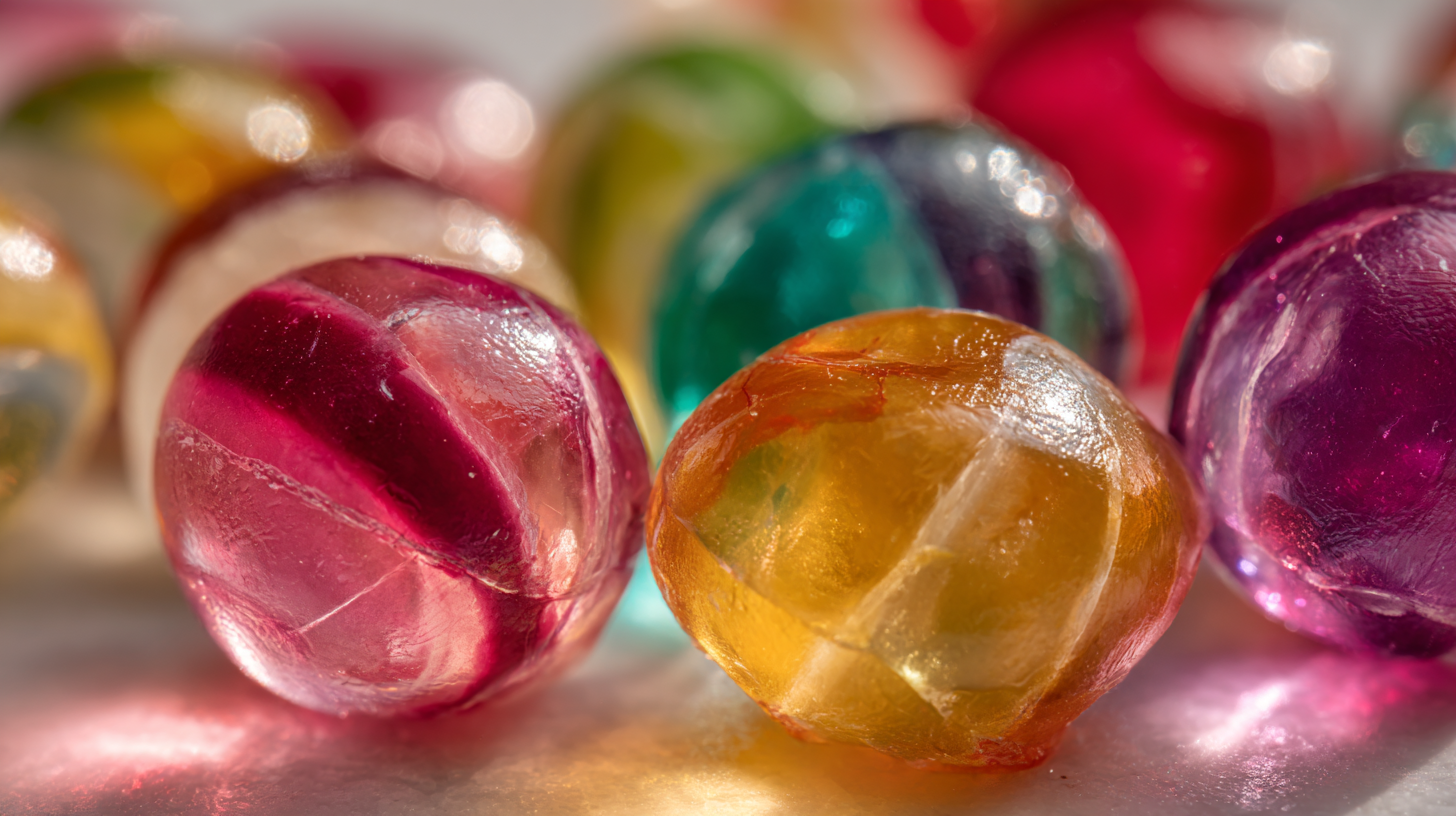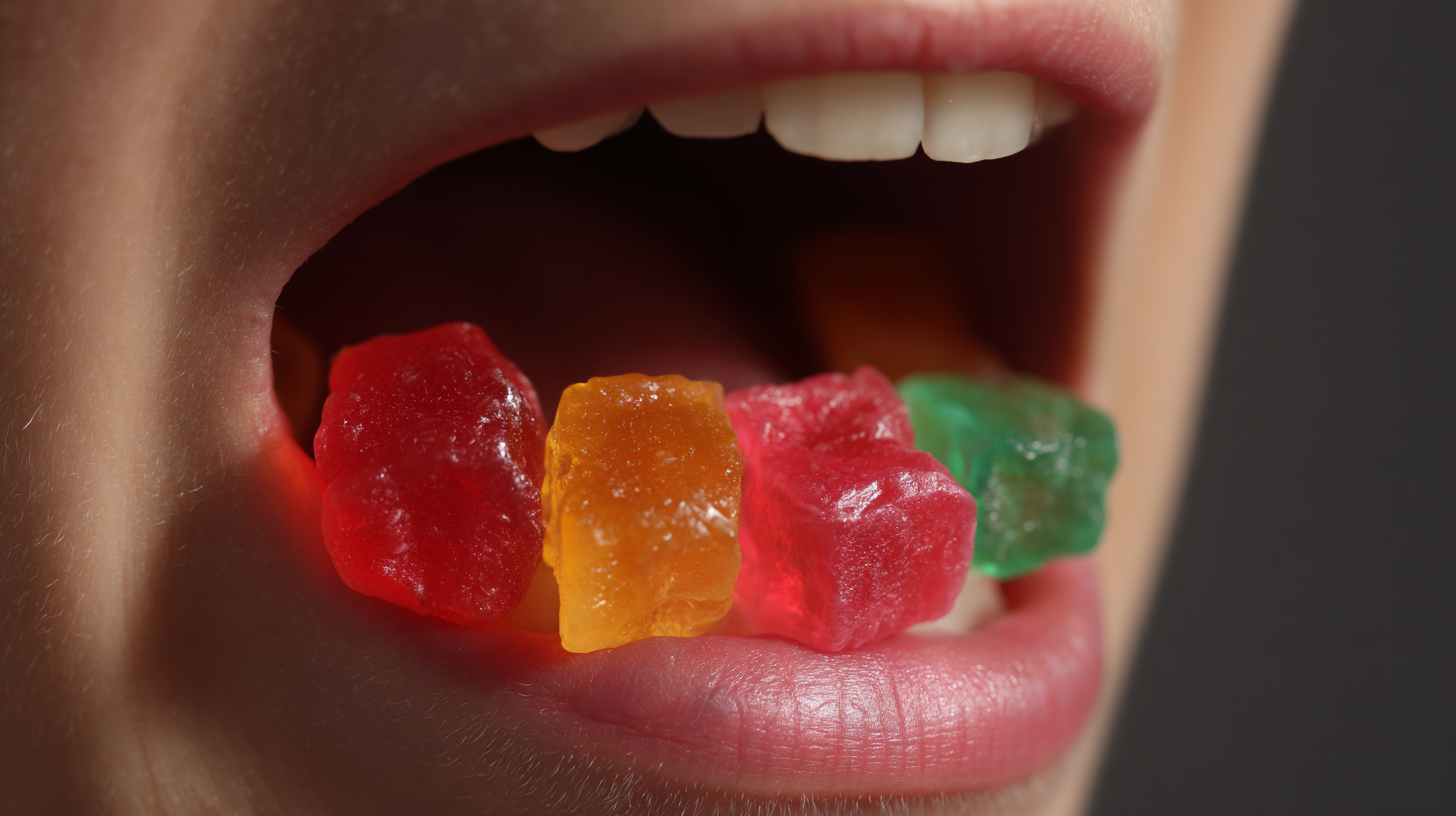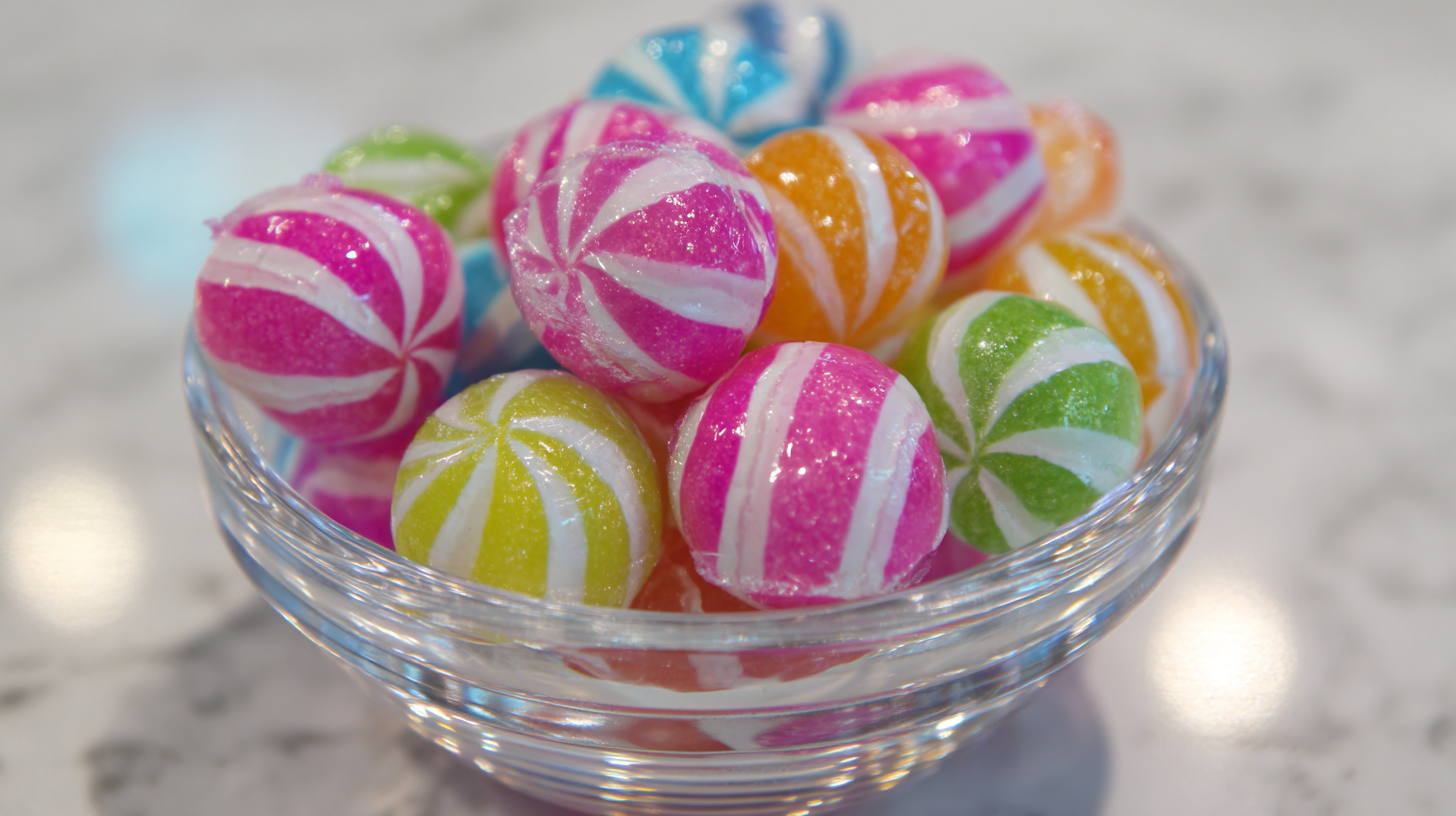 Jaw Breakers have long been a beloved treat for candy enthusiasts, but their appeal goes beyond mere sweetness. These hard candies present a fascinating intersection of taste, texture, and dental challenges, all of which contribute to their unique allure. When you pop a Jaw Breaker into your mouth, you're not just indulging in a sugary delight; you're embarking on a sensory journey that tests your taste buds and resilience.
The science behind why these candies are so intriguing lies in their layered sweetness, the gradual release of flavors, and the physical challenge they pose to our teeth. As you slowly navigate through the seemingly impenetrable shell, each crunch and crack reveals a sweetness that tantalizes the palate while also raising questions about dental health.
This exploration delves into the complex interactions between hard candy and our sensory receptors, shedding light on why Jaw Breakers are as much a challenge for our teeth as they are a treat for our taste buds.
Jaw Breakers have long been a beloved treat for candy enthusiasts, but their appeal goes beyond mere sweetness. These hard candies present a fascinating intersection of taste, texture, and dental challenges, all of which contribute to their unique allure. When you pop a Jaw Breaker into your mouth, you're not just indulging in a sugary delight; you're embarking on a sensory journey that tests your taste buds and resilience.
The science behind why these candies are so intriguing lies in their layered sweetness, the gradual release of flavors, and the physical challenge they pose to our teeth. As you slowly navigate through the seemingly impenetrable shell, each crunch and crack reveals a sweetness that tantalizes the palate while also raising questions about dental health.
This exploration delves into the complex interactions between hard candy and our sensory receptors, shedding light on why Jaw Breakers are as much a challenge for our teeth as they are a treat for our taste buds.
Jaw breakers are a fascinating example of candy design, specifically crafted to offer a unique sensory experience through their composition and hardness. These sweets are primarily made from sugar, corn syrup, and flavoring agents, which are boiled to create a thick, malleable consistency. As the candy cools, it hardens into a dense structure, typically achieving a hardness that challenges even the strongest teeth. The multilayered nature of jaw breakers, created by repeatedly boiling and cooling the mixture, contributes to their signature texture and the gradual release of flavors as the outer layers dissolve.
The science of jaw breakers lies not only in their ingredients but also in the physical properties that result from their production. The high sugar concentration plays a critical role in determining hardness; sugars form crystalline structures, making the final product tough and resilient. Additionally, the cooling process affects the candy's brittle qualities, leading to a product that is both hard and resistant to quick disintegration. This hardness requires considerable effort from the consumer, engaging taste buds in a gradual exploration of flavors while posing a challenge for dental health, making moderation key when indulging in these delightful confections.
The sensation of taste when sucking on hard candy, such as jaw breakers, involves a complex interplay between the candy's composition and our taste bud reactions. Hard candies, often high in sugar and flavoring agents, stimulate taste receptors on the tongue, primarily the sweet and sour sensory pathways. According to research published in the "Journal of Food Science," sugar activates sweet taste receptors, which can lead to a prolonged taste experience as the candy slowly dissolves in the mouth. This gradual melting not only heightens the sweetness but also enhances the flavors released, allowing for a more nuanced tasting experience.
However, it’s interesting to consider how certain medications can affect our taste perception simultaneously. For example, the phenomenon known as “Paxlovid mouth” highlights how some individuals may experience a persistent metallic or bitter taste while on treatment for COVID-19. This contrast emphasizes the sensitivity of our taste buds and their role in our overall gustatory experience. A study from the "Chemical Senses" journal reported that taste modification can significantly alter how sweet or sour flavors are perceived, underscoring that both health conditions and external factors can influence taste sensations. This interplay suggests that our taste perception is not merely passive but is actively influenced by the substances we consume and any medications we may be taking.
| Category | Description | Impact on Taste Buds | Setting of Hard Candy | Dental Considerations |
|---|---|---|---|---|
| Flavor Profiles | Sweet, Sour, and Fruity | Engages sweet and sour sensors | Used in various settings like parties and events | Potential enamel erosion and cavities |
| Sucking Duration | Long-lasting flavor release | Prolonged stimulation of taste buds | Popular among children and adults alike | Risk of jaw fatigue and dental issues |
| Texture | Hard and Crystalline | Creates a unique oral experience | Often associated with nostalgia | Requires proper dental hygiene after consumption |
| Sensory Experience | Combined with visual and aromatic factors | Enhances overall enjoyment | Commonly used in celebrations and rewards | Proper moderation suggested |
Jaw breakers, while tantalizingly sweet and enjoyable, pose significant risks to dental health. These hard candies require considerable effort to chew, placing immense pressure on teeth that can lead to cracks or breaks. The prolonged exposure to sugar and acidity can also erode enamel, making teeth more susceptible to cavities. Unlike softer candies that may dissolve more quickly, jaw breakers linger in the mouth, fostering a sugary environment that bacteria thrive in, further threatening oral health.

To mitigate the impact of jaw breakers on dental health, it is essential to balance such treats with proper dental hygiene. Eating foods that are known to be beneficial for teeth, such as crunchy fruits and vegetables, can help strengthen enamel and stimulate saliva production, which naturally washes away food particles. Additionally, incorporating sugar-free gum into your routine can provide fresh breath while protecting enamel and reducing the risk of cavities. Maintaining good oral hygiene practices, including regular brushing and dental check-ups, is crucial for anyone who indulges in jaw breakers, ensuring that the enjoyment of these treats doesn’t come at the expense of dental health.
Jaw breakers, with their vibrant colors and intense flavors, can be a delightful treat, but enjoying them requires caution due to their hard texture. According to a report from the American Dental Association, consuming hard candies can lead to dental issues, including chipped teeth and cavities. This is primarily because the sugar content in these candies can linger on teeth, feeding harmful bacteria. Therefore, it’s essential to implement strategies that allow you to savor these candies while protecting your dental health.

Tip 1: Savor Slowly
Instead of biting into a jawbreaker, let it dissolve in your mouth. This not only reduces the risk of dental damage but also maximizes the flavor experience. Engaging with the candy more slowly can enhance your palate’s response to its different layers of flavor.
Tip 2: Hydrate Regularly
Stay hydrated by drinking water while enjoying jaw breakers. This helps wash away residual sugar and reduces the acidity in your mouth, which can harm enamel. A study published in the Journal of Dental Research noted that rinsing with water after consuming sugary snacks significantly decreased the risk of cavities.
Tip 3: Balance Your Treats
Limit your consumption of jaw breakers to special occasions, and incorporate tooth-friendly snacks like cheese or nuts afterward. These foods can help neutralize acids in the mouth and promote salivation, which naturally cleanses the teeth. Following these simple tips will help you enjoy jaw breakers without compromising your dental health.
Jaw breakers are a fascinating example of how hard candy can engage our taste buds over time. As you bite into a jaw breaker, the outer layer begins to dissolve, releasing flavors gradually. According to a study from the Food and Agriculture Organization, the controlled release of flavor in hard candies can keep consumers engaged longer than softer candies, making the experience more enjoyable. The multi-layered structure of jaw breakers allows for multiple flavor profiles that can be experienced sequentially, enhancing both anticipation and satisfaction.
The science behind flavor release in jaw breakers involves a combination of physical and chemical processes. As the candy dissolves in saliva, it exposes layers with varying flavor compounds, which release their essence at different rates. A report from the National Confectioners Association highlights that consumers prefer candies that provide a prolonged flavor experience, as 67% of surveyed individuals indicated that taste longevity is a crucial factor when selecting treats. This element of design not only makes jaw breakers a sensory adventure, but also presents a unique challenge for your teeth, emphasizing the importance of dental care after enjoying such treats.
This chart illustrates the flavor release profile of a typical jaw breaker over a 30-minute duration. As the candy dissolves, the intensity of flavor and sweetness changes, showcasing the complex interaction between sugar, acidity, and the candy's hardness.






